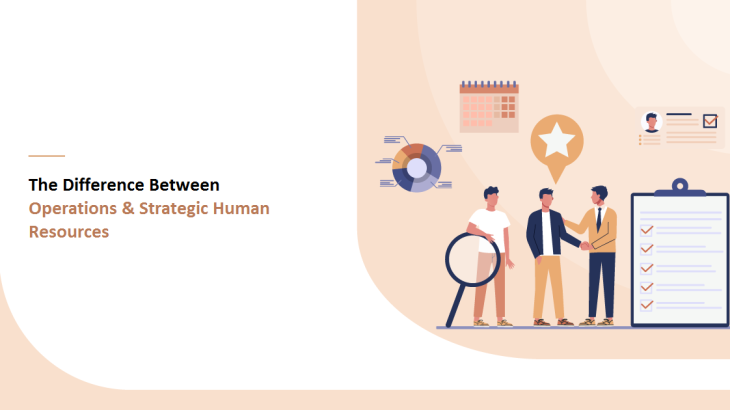In essence, the difference between operational and strategic human resources is outlook. Operational HR focuses on immediate and short-term needs, while strategic HR centers on integration over the long term. Described as separate entities, operational and strategic HR can be quite intertwined. Consider operations as tactical, or the way human resources work proceeds within the range of strategic planning.
Recruiting
When a human resources professional prepares job listings, screens resumes and conducts interviews, she is in operational mode. Background checks, dealing with temp agencies and setting up job fairs are tasks she performs to put people to work for the company. Forecasting staffing needs over six months, creating hiring policies and working with other departments to identify talent needs represent strategic recruiting functions, providing the framework for daily HR tasks.
Orientation and Training
The operational HR person conducts new hire introductions and basic policy and skills training. Health and safety orientation, organization charts and company culture overview are hands-on examples of HR tactics. When in strategic mode, the HR person develops training modules and sets out timelines for training and retraining for staff. He works with supervisors and managers to set performance scales, creating measurable by which to grade how effectively work is done.
Employee Relations
The HR professional works operationally when she, for example, maintains employee files or consults directly with workers about policy or work conditions. Overseeing disciplinary procedures or helping a department with conflict management is direct tactical work targeting a company’s immediate needs. She thinks strategically when considering ways to empower staff in company performance. Team and personal development planning across all organizational levels addresses future needs. Developing a tuition assistance program for employee training exemplifies strategic thinking.
Performance and Retention
Managing employee performance records individually and by department and reviewing pay increases and benefit status are examples of operational tasks in which the HR person may engage daily. Strategically, the HR person considers company profitability targets and adjusts performance metrics to meet more aggressive efficiency, for example. Employee reward program planning considers the long-term satisfaction of the worker, as does reviewing pay scales and benefits programs. Training supervisors in employee motivation is an example of an operational function with a direct strategic intent.





